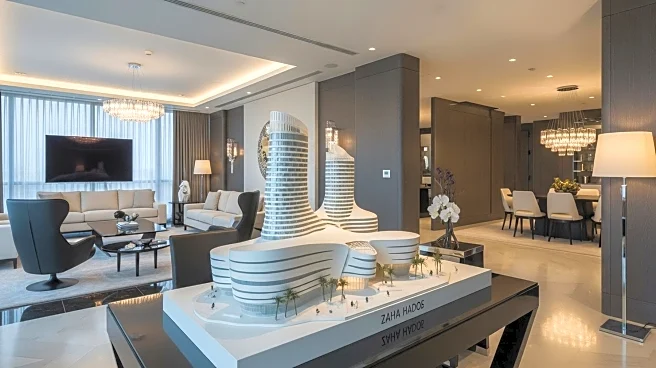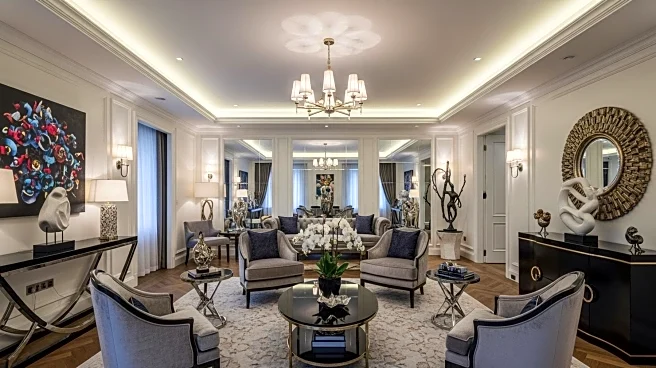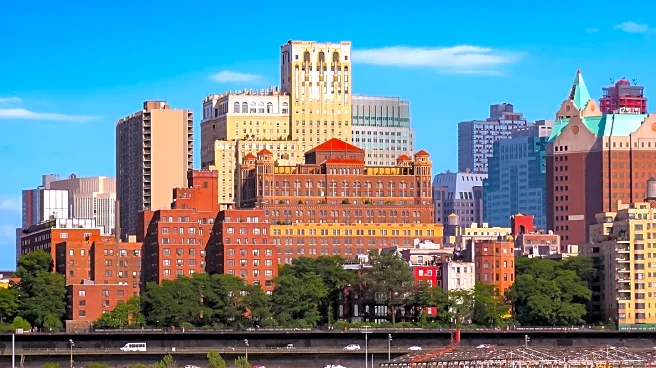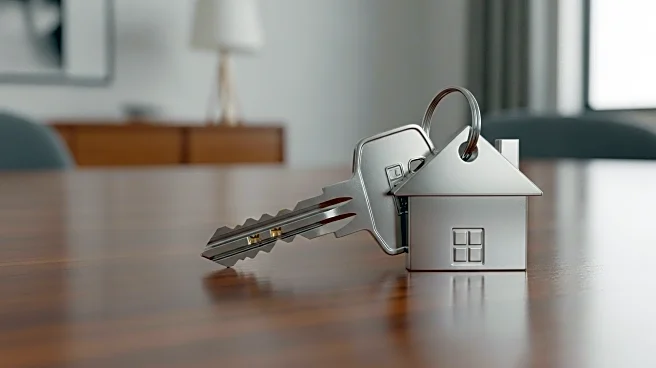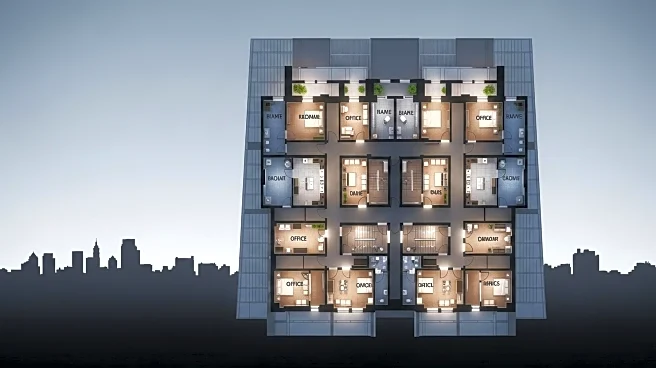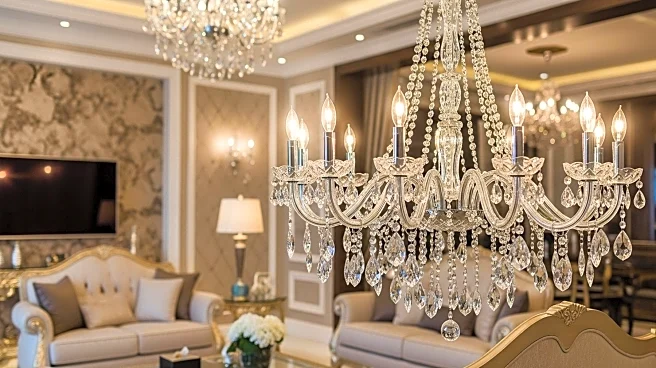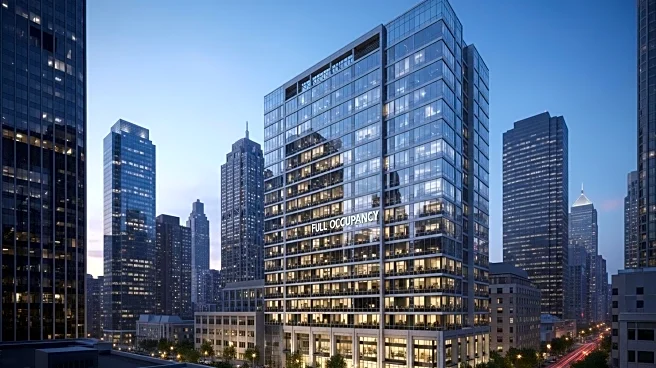What's Happening?
Villa Charlotte Bronte, a nearly 100-year-old co-op in the Bronx, is experiencing an unusual increase in property listings. Historically, sales at this Italian-inspired complex have been rare, but recently, three units have been put on the market. These include a three-bedroom priced at $1.24 million, a two-bedroom at $949,000, and a one-bedroom at $649,000. This surge follows a period of scarce listings, with only three sales recorded in 2024 and another in January. The co-op, known for its unique architecture and scenic views, has monthly maintenance fees ranging from $1,461 to $2,237. The building was constructed in 1926 by John Jay McKelvey, who favored European architecture.
Why It's Important?
The sudden increase in listings at Villa Charlotte Bronte is significant for the Bronx real estate market, which typically sees limited activity in such historic co-ops. This change may indicate shifting demographics or lifestyle preferences among residents, potentially affecting property values and market dynamics in the area. The co-op's unique features, such as its proximity to Manhattan and scenic views, make it a coveted location, and the increased availability could attract new buyers, impacting local real estate trends.
What's Next?
The market activity at Villa Charlotte Bronte may lead to further interest in the Bronx's historic properties, potentially prompting more owners to list their homes. Real estate agents and potential buyers will likely monitor the situation closely, assessing whether this trend will continue or if it is a temporary anomaly. The outcome could influence future development and investment in the area, as well as the preservation of historic properties.
Beyond the Headlines
The listings surge at Villa Charlotte Bronte highlights broader cultural and economic shifts, such as aging populations and changing lifestyle preferences. As residents move for various reasons, including proximity to family or lifestyle changes, the co-op's market dynamics may reflect wider societal trends. Additionally, the destruction of its sister villa, Villa Rosa Bonheur, underscores the tension between preserving historic architecture and accommodating new developments.


